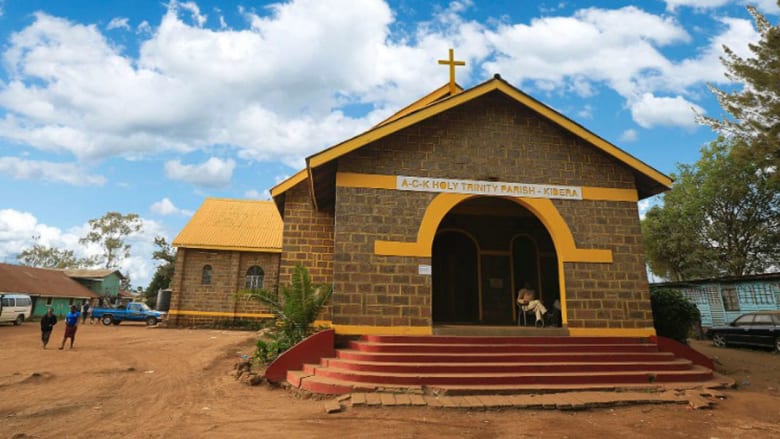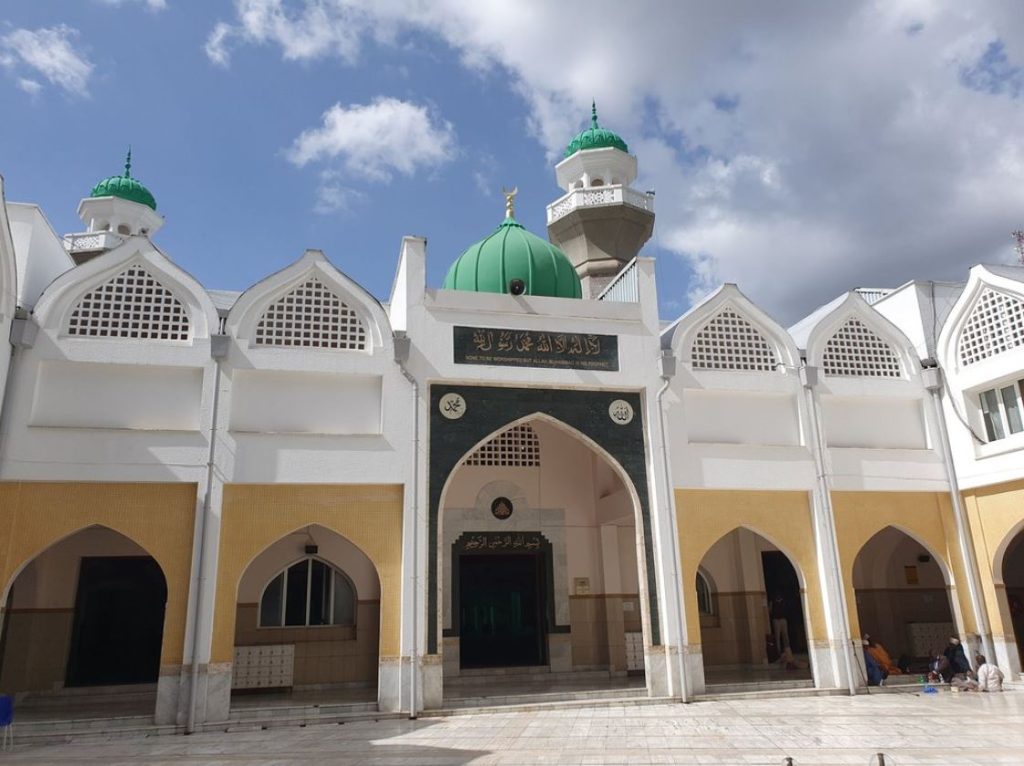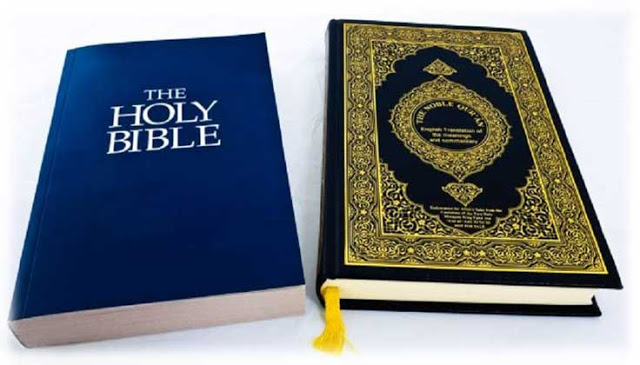Christianity in Kenya:

The main religion in Kenya, in 1498 AD, the Portuguese Vasco da Gama sailed around the Cape of Good Hope and reached the Kenyan coast. In the early sixteenth century AD, the Portuguese were able to seize the coastal region from the Arabs and made huge profits from trade in Kenya. But the Sultanates of Muscat and Oman were able to defeat the Portuguese in the late seventeenth century, and regain control of the region. But the beginning of regular Christian proselytizing among the indigenous peoples of Kenya, predominantly among the Maasai and Kikuyu people, dates back to the mid-eighteenth century with the entry of Protestant missionaries in 1844. This Protestant influence increased after 1887 when Kenya fell under the control of the British Imperial East African Company. . Monks of the Society of the Holy Spirit arrived in the country from Tanganyika in 1892, and Kenya became spiritually subject to the Apostolic Province of Zanzibar (which became an Apostolic Vicariate in 1906). Catholic missionaries came to the country in 1902 and in 1904, followed by missionaries from the Patrick Missionary Society in 1953. The apathy of the natives, linguistic difficulties, and Islamic influences in the coastal regions of the country presented formidable obstacles to Catholic missionary efforts, but Catholicism grew, Especially by promoting education.
In 1920 Kenya became a British crown colony. The country was improved by the construction of railways to boost trade, and parts of the country were set aside to build exclusive settlements for the British population who migrated to Africa during the colonial era, a move that angered and resented the local population against British rule. Beginning in 1925, and starting from the Scottish Church mission, several missionary missions in Africa banned female circumcision among Christians and African converts, which caused many Africans to leave this church, and many others were expelled. This confrontation between the church and the people of the country who adhere to their customs and traditions made circumcision a focal point in the Kenyan independence movement. The period between 1929 and 1931 was known in the country’s history as “the era of controversy over female circumcision.” On the other hand, Kenyan Christians still mostly circumcise their males like Muslims, although the law of circumcision was dropped in the New Testament, meaning that the various churches do not oblige their followers to do so. . The British authorities granted the Christian missionary missions opportunities to move and spread, and they were entrusted with supervising education. They built schools, churches, and hospitals, and developed vocational and public education.
According to scholar Maury Brown, Christian missionaries were zealous and believed that bringing Christianity to the indigenous peoples of East Africa was part of Britain’s civilizing mission. According to Jomo Kenyatta the Christian missionaries “did a lot of good work because it was through missionary that many Kikuyu got their first education and were able to learn to read and write… Also, also the medical side of it: the missionaries did a very good job, and at the same time I think the missionaries. They did not understand the value of African customs, and many of them tried to eradicate some customs without knowing the role they played in the life of the Kikuyu. They disturb people’s lives.”
Equal representation in the colonial government, as well as the dismantling of social structures separating the races and rising nationalism, led to the Mau Mau uprising in the 1950s, during which many African Christians were killed. According to scholar Caroline Elkins, European missionaries and indigenous Kenyan Christians during the Mau Mau uprising played a role by visiting the camps to proselytize and encourage compliance with colonial authorities, provide intelligence, and sometimes assist in interrogation. During World War II, Christian churches’ efforts to proselytize among Kenyan citizens continued, and conversions to Christianity increased, particularly among the Kikuyu people. Providing opportunities for Kenyans to receive basic education in schools affiliated with the Catholic Church was a factor in raising the educational level of the population during the twentieth century and is the most significant cultural legacy of the Catholic Church. In 1953 the hierarchy of the Catholic Church was established in the country, and the capital, Nairobi, became the residence of the country’s bishop. On the eve of Kenya’s independence in 1963, about 10% of the population was Muslim, about 20% Christian (including 820,000 Protestants), and the rest practiced traditional African religions which sometimes included Christian elements.
Islam in Kenya :

In Kenya, Islam is not the main religion in Kenya is a minority religion, accounting for 10.9% of the population, or around 5.2 million people. Muslims make up the majority of the Kenyan coast’s population. Nairobi has a sizable Muslim community and multiple mosques. Merchants visiting the Swahili coast promoted Islam, which resulted in indigenous conversions and foreign Muslims becoming absorbed. This would eventually lead to the formation of many officially Muslim governmental entities in the region.
The majority of Muslims in Kenya are Sunni, accounting for 81% of the Muslim population; 7% are Shia.
There are also significant numbers of Ibadi, Quranist, and Ahmadi believers. Shias are mostly Ismailis derived from or inspired by Middle Eastern and Indian marine traders. Among these Shia Muslims are the Dawoodi Bohra, who number between 6,000 and 8,000 people in the nation. In terms of the orthodox Twelver Shia presence in Kenya, 20th-century Pakistani scholar Khwaja Muhammad Latif Ansari was instrumental in proselytizing for the local Khoja population.


Leave a Reply